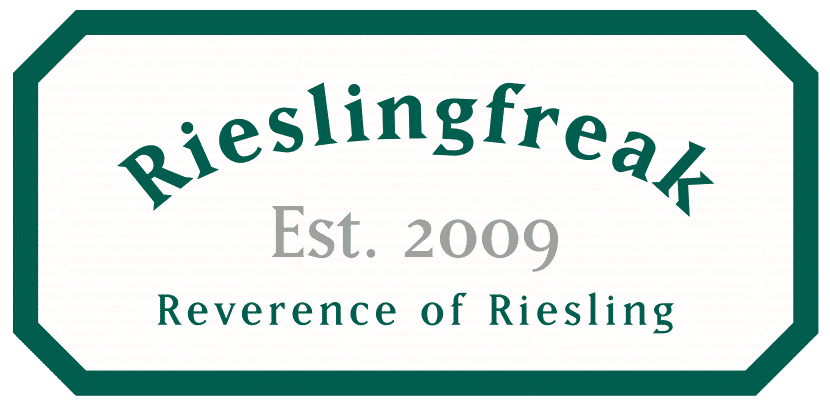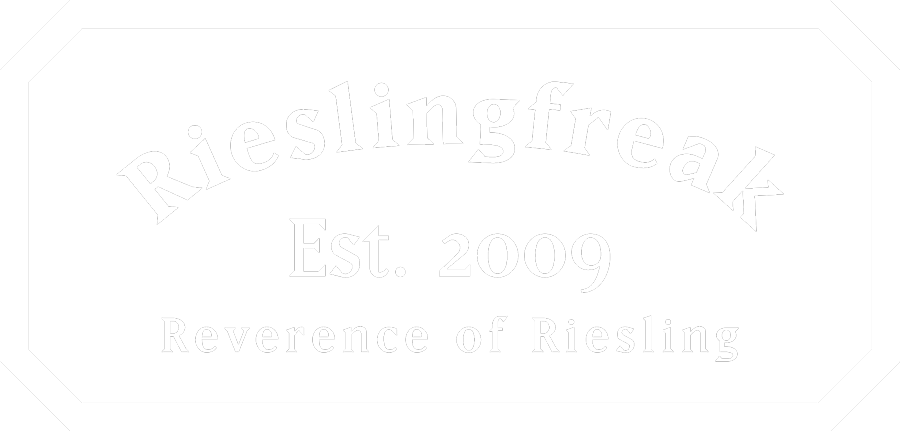Our Winemaking
- It is just adding some gentle magic to what nature has created
The fruit for our Rieslingfreak collection is sourced from three South Australian regions, including Clare Valley, Eden Valley and Polish Hill River.
We make several different styles, including dry, sweet, sparkling (Sekt) and fortified. Each of our Rieslings have a number, and that number represent both the region where the grape is grown, and the style of the Riesling.
The philosophy of Rieslingfreak is to provide Riesling enthusiasts with the finest expressions of the variety, representative of different regions and styles. Most of our Rieslings are harvested by machine, in the cool of the night and arrive at the winery early morning for processing.
Unlike most Riesling producers, we do not press our Rieslings. We use a ‘spin and drain’ method with the grapes to ensure the berries are treated very softly, whilst maintaining the purity of the juice.
With Riesling winemaking, there are three key elements that require the upmost detail and attention. These are fruit, acid, and sweetness. We see it as our job, as Riesling winemakers, we believe our role is to always deliver a ‘balanced’ Riesling that harmoniously combines these three elements. As growing conditions vary from year to year, it is our job to adapt to the conditions, and produce wines that highlight the best characteristics of each vintage. It is for this reason that we are unable to use numbers to steer the decision making. We rely on the sense of taste, both in the vineyard and winery, to deliver a balanced Riesling that is true to style.
To create a great Riesling, we start in the vineyard with the fruit, looking for ripening, and concentration of flavours. With the juice, we evaluate the acid and adjust if needed, to ensure we have great length and raciness. The juice is fermented using modern processing methods, including juice inoculation, and the use of cultured yeast. There is much debate over ‘wild’ yeast and ‘cultured’ yeast, however we choose to use cultured yeast, for two reasons. The first being that we seek continuity of our wines from year to year, only displaying vintage differences. We also want to show you true example of region and style. We believe the use of cultured yeast has a big role in this part of the winemaking process.
As the wine ends fermentation, we ensure sufficient sweetness and acid is achieved that compliments the fruit profile of the Riesling.

